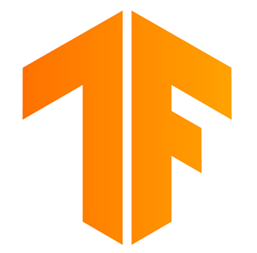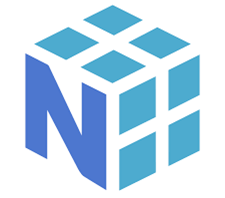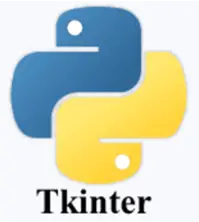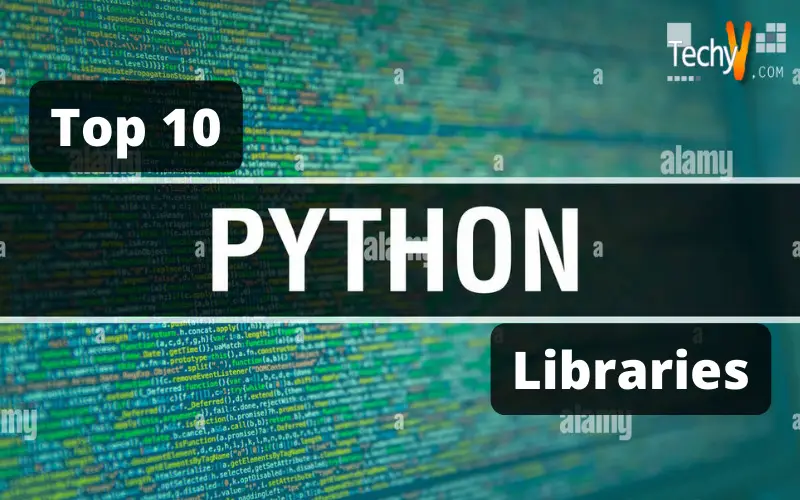Which is the most popular programming language? You guessed it correct, its Python. Python is extensively used by programmers. This is because it is easy to learn and use and has an extensive collection of libraries. Python library is a collection of methods and functions that the programmer can use while coding. These libraries help save programmers time and effort. Some most popular Python libraries are mentioned below.
1. Pandas

Pandas makes it very easy for developers to work with relational or labelled data. It offers fast and flexible data structures. Pandas library aims to serve as a high-level building block for carrying out real-world data analysis using Python. The best feature of Pandas is that it can translate complex data operations using only one or two commands. Also, this machine learning library has an extensive collection of built-in methods that can combine, filter, and group data.
2. Requests

Requests are used to make HTTP requests more human-friendly and easy to understand. Requests are written in Python and are licensed under Apache2 license. Apart from sending HTTP requests to the server, Requests is also used for adding content, form data, header, etc., to the HTTP requests. With Requests, programmers do not have to add a query to the URL or form-encode the POST data manually. Requests officially support Python 2.7, 3.4, and above.
3. Matplotlib

Matplotlib is a Python library. It is used for 2D plotting. It can be used for generating error charts, bar charts, histograms, scatterplots, plots, etc., with fewer lines of code. Matplotlib produces high-quality figures in multiple hardcopy formats and interactive cross-platform environments. Matplotlib cannot only be used in Python shell, Python scripts, IPython shell but can also be used in Jupyter Notebook, Web app servers, and GUI toolkits.
4. Pillow

Python Imaging Library (PIL) is a free Python library that adds an image processing ability to the python interpreter. It allows manipulating, opening, and saving various image file formats in python. Alex Clark and Contributors developed Pillow library. It is a fork of the PIL library. Pillow offers powerful image processing capabilities. Pillow also provides an effective internal representation and extensive file format support. Pillow provides fast access to data stored in basic pixel formats.
5. TensorFlow

TensorFlow is a Python library developed by Google. TensorFlow is a math library used for numerical computation using data flow graphs. Libraries in TensorFlow are written in C/C++. Google products like Google Photos and Google Voice Search use TensorFlow.
6. Scrapy

Scrapy was developed for web scraping, but it was evolved to fulfil other purposes over the period. Scrapy offers fast, effective, and high-level methods to extract structured data from web pages. Scrapy is written in python and is built around spiders. Spiders are self-contained crawlers that are provided with a set of instructions. Scrapy follows the DRY principle and makes it easy to develop and expand full-fledged web crawling projects.
7. NumPy

NumPy is a machine learning Python library used for scientific computing. NumPy has robust support for N-dimensional array object and broadcasting functions. Fourier transforms, random number capabilities, and tools for integrating C/C++ and Fortran code are some additional features of NumPy. NumPy is extensively used in machine learning projects.
8. Tkinter

Tkinter is the standard GUI library for Python. Tkinter and Python, when used together, offer an easy and fast way for creating GUI applications. It provides a powerful object-oriented interface for the Tk GUI toolkit. Tkinter provides 15 types of widgets, and these widgets include buttons, labels, text boxes, etc. These widgets has access to few geometry management methods.
9. Pygame

Pygame is a free and open-source Python library that is used for multimedia application development in Python, especially 2D gaming projects. Hence it is used by both beginners and professional Python game developers. Pygame uses the SDL library. Pygame supports a lots of platforms and operating systems.
10. SciPy

SciPy is a Python library that has a large number of modules for linear algebra, statistics, integration, etc. It also enables programmers to work with Fourier transform, ODE solvers, image and signal processing, etc. SciPy used NumPy arrays as the primary data structure. SciPy provides documentation for all its functions, and hence it is straightforward to start learning this machine learning library.


















